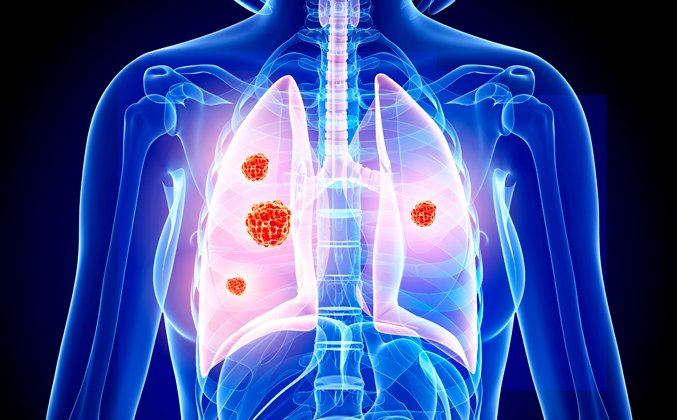As per the latest updates from the meteorological department, cyclone Biparjoy is predicted to intensify rapidly over the next three days and develop into a "very severe cyclonic storm" by June 13. With wind speeds of up to 185 kmph, the storm is expected to bring in heavy rainfall and cause widespread damage to life and property. this will lead to an increase in asthma attacks in the whole country.
Cyclones can encourage asthma symptoms in a number of ways
1. Pollen: Prior to a cyclone, there is usually an increase in pollen levels in the air. This can happen due to the dry and windy conditions that often precede a storm. These pollen grains are small and can be easily inhaled into the respiratory system.
2. Moisture and wind: As a cyclone approaches, the weather changes. There is an increase in humidity, and strong winds associated with the storm can disrupt pollen particles. The moisture causes the pollen grains to absorb water and contaminate it, releasing small fragments into the air.
3. Burst of allergenic particles: The combination of strong winds and moisture during a thunderstorm can cause the pollen grains to break apart into smaller particles. These smaller particles, known as allergenic fragments, are lighter and remain invisible to the naked eye in the air for longer periods. They can travel greater distances and penetrate deeper into the respiratory system.
“India has seen a rise in asthma cases in recent years, with a significant increase in the number of patients requiring emergency care during cyclones and thunderstorms. According to a study published in the Indian Journal of Allergy, Asthma, and Immunology, asthma cases accounted for 11.5% of all asthma-related emergency department visits in a hospital in Delhi.”
So, what can you do to protect yourself from the effects of cyclones, particularly if you have asthma?
1. Maintain Proper Ventilation:
• Use exhaust fans or open windows briefly when weather conditions permit to improve air circulation.
• Regularly clean air vents and filters to prevent the accumulation of dust and allergens.
2. Create a Safe Indoor Environment:
• During cyclones, close all windows and doors to prevent strong winds and dust from entering the house.
• Minimize the use of household products that release harmful chemicals, such as cleaning sprays and strong solvents, as they can trigger asthma symptoms.
3. manage humidity levels:
• Cyclones can bring excess humidity, which can foster the growth of mould and dust mites, common asthma triggers.
• Fix any leaks or water seepage issues promptly to prevent the development of mould.
4. Maintain Medication regulations:
• Stick to your regular asthma medication schedule and ensure an adequate supply of medications during cyclone seasons.
• Keep rescue inhalers accessible at all times and educate family members or close contacts about their usage in case of an emergency.
5. Consult your Medical Advice and Support:
• If you experience worsening asthma symptoms or have difficulty managing your condition during cyclones, seek medical advice promptly.
• Inform your healthcare provider about your concerns and discuss any necessary adjustments to your asthma management plan.
If you or someone you know experiences asthma, it is advisable to stay indoors, keep windows closed, and use air purifiers if available. It's also essential to follow any prescribed asthma management plans and carry rescue medications as directed by a healthcare professional

 Let’s find practical strategies to prevent asthma attacks during cyclones, empowering individuals with asthma to protect their respiratory health when nature doesn’t do justice.
The total number of asthmatic people in India has risen up to 3.43 crore, as per the studies Asthma is a chronic respiratory disease that affects millions of people worldwide. It is characterized by inflammation and narrowing of the airways, which can make it difficult to breathe.
Let’s find practical strategies to prevent asthma attacks during cyclones, empowering individuals with asthma to protect their respiratory health when nature doesn’t do justice.
The total number of asthmatic people in India has risen up to 3.43 crore, as per the studies Asthma is a chronic respiratory disease that affects millions of people worldwide. It is characterized by inflammation and narrowing of the airways, which can make it difficult to breathe. 



















.jpeg)


.jpeg)



.jpeg)
.jpeg)






.jpeg)





